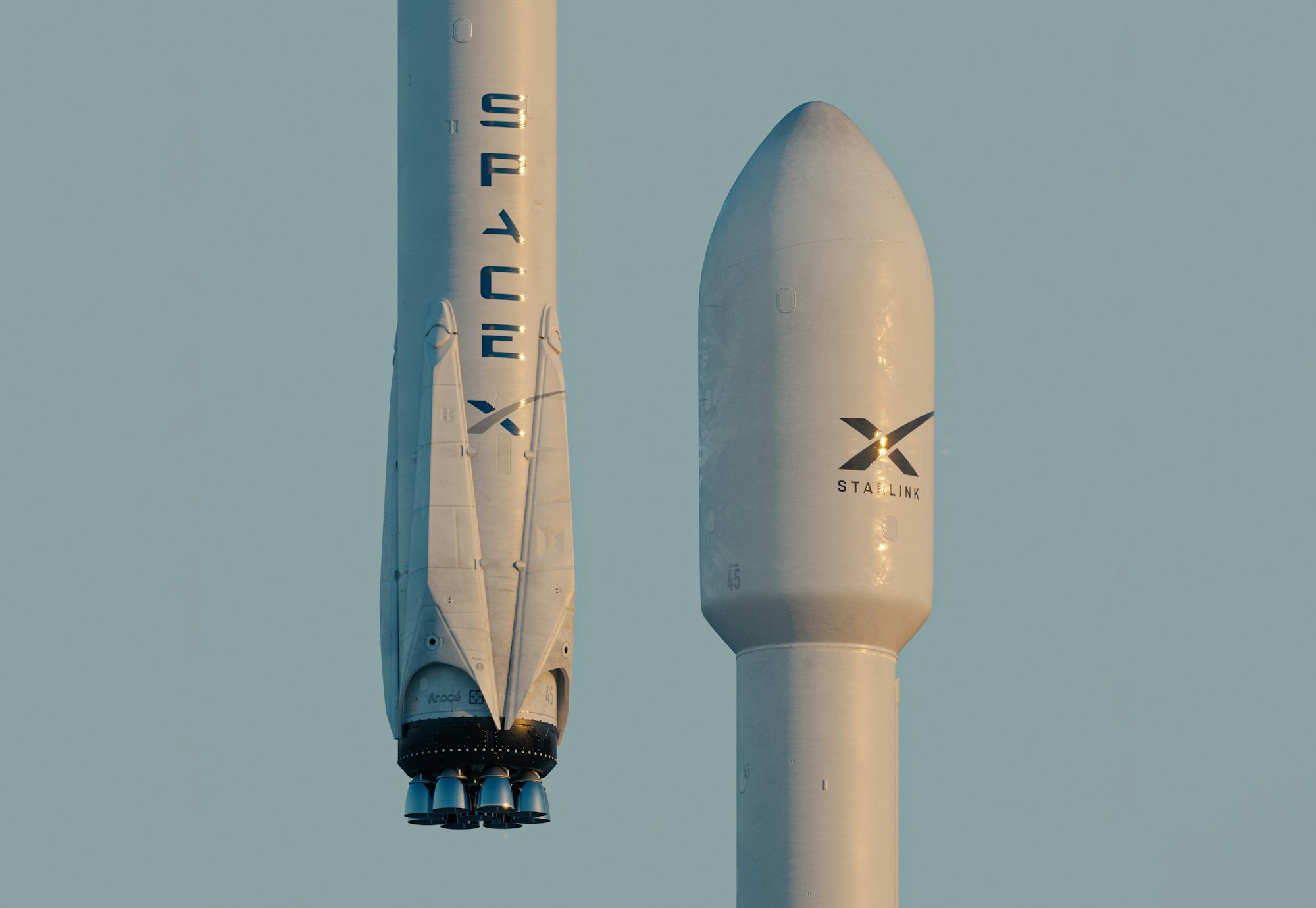Starlink Satellites: A Lifeline After Natural Disasters

Since the launch of Elon Musk’s Starlink project in 2019, the world of satellite communications has been completely transformed. Starlink satellites have the potential to revolutionize the way people can access information and communication during times of natural disaster, providing a lifeline to those in need. In this blog post, we will explore the role of Starlink satellites in supporting people after natural disasters such as earthquakes.
What are Starlink satellites?
Starlink satellites are part of a space-based internet constellation owned and operated by SpaceX. The constellation is made up of thousands of small, interconnected satellites that provide broadband internet access to people on Earth. These satellites communicate with each other via lasers, providing a fast and reliable connection. Each satellite orbits at an altitude of 550 km, which is much closer to Earth than most traditional satellites. This allows them to provide quicker response times, lower latency, and more reliable connections. The Starlink system has been designed to provide high-speed internet access to areas of the world that lack access to terrestrial networks. The goal of the project is to eventually connect all parts of the world, regardless of location or terrain.
How do they help after a natural disaster?
Starlink satellites have the potential to be a game-changer for people affected by natural disasters. During the aftermath of an earthquake, communication is often disrupted and emergency services are severely impacted. With Starlink, people affected by a natural disaster can remain connected with their loved ones, access critical information, and remain in contact with emergency responders.
Starlink satellites provide high speed internet access to affected areas that are otherwise difficult to reach. This allows people to stay informed of the situation, contact emergency services, and access much-needed resources. In some cases, the satellites have even been used to provide direct assistance to those in need.
For example, after the devastating earthquakes that hit Nepal in 2015, the World Food Programme used the Starlink network to deliver aid to remote villages that had been cut off from communication networks due to the disaster. By providing stable internet access, the organization was able to quickly deploy teams to assess needs and deliver food and other supplies where they were needed most.
By having access to these resources during a crisis, individuals can feel more secure and confident as they recover from a disaster. Starlink satellites help to provide connectivity and resources that can make a difference between life and death in the wake of a natural disaster.
What other benefits do they offer?
Starlink satellites offer a wide range of additional benefits that could help support people after a natural disaster. By providing high-speed internet access, these satellites can help people affected by an emergency access important resources like news updates and information on relief aid. Additionally, they could be used to provide secure communications to government agencies and other first responders. The availability of fast, reliable internet access can also help people stay connected to their families, friends, and colleagues during an emergency.
Moreover, Starlink satellites could also provide access to remote sensing data and artificial intelligence capabilities to assist in locating survivors and providing critical services. By using the satellite’s powerful imaging capabilities, it may be possible to detect hotspots of activity and locate victims or survivors in difficult-to-reach places. It could also provide vital information on the scope of the damage caused by the disaster, allowing for better planning of recovery efforts.
Finally, Starlink satellites could serve as an invaluable source of renewable energy, providing solar panels and other necessary components for powering post-disaster recovery efforts. This technology could allow people to remain connected and take advantage of resources even in areas without access to electricity.
In short, Starlink satellites offer a variety of potential benefits in the aftermath of natural disasters. By providing fast internet access, secure communications, remote sensing capabilities, and renewable energy sources, these satellites could play an essential role in helping people stay connected and receive vital resources during times of crisis.
